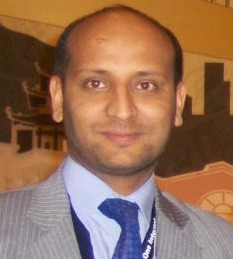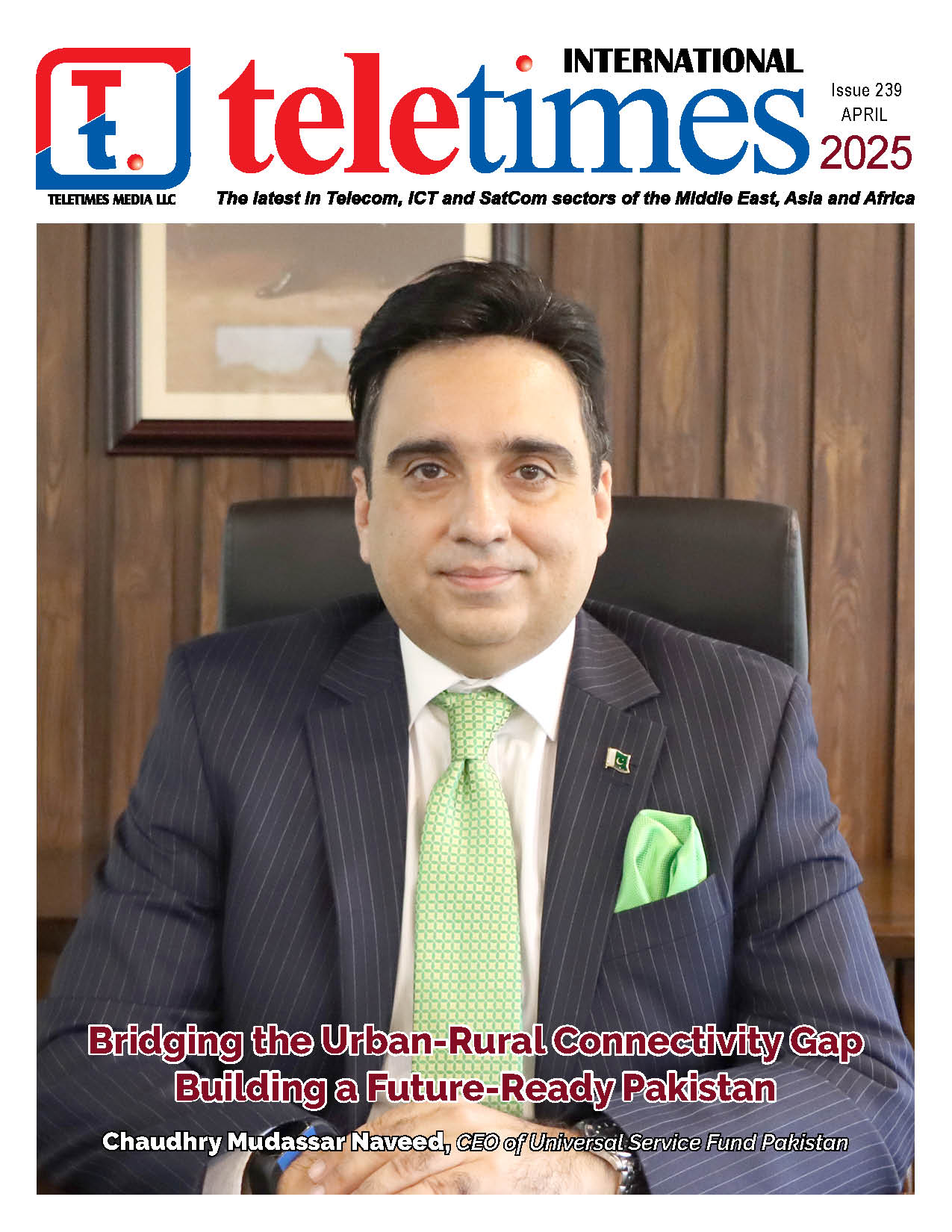
The official definition of the term arrives from its originator, Jeff Howe, defining it as “the act of a company or institution taking a function once performed by employees and outsourcing it to an undefined (and generally large) network of people in the form of an open call.”
Experts have predicted crowdsourcing as the future of the marketing, advertising, and industrial design industries. The phenomenon, they argue, will accelerate creativity across a larger network. Probably the most appealing and interesting commercial usage of the model came from ‘Threadless.com’ that crowdsources its t-shirt designs by having users provide designs and then vote on the ones they like, which are then printed and available for purchase. With less than 20 employees, the company has thousands of members who provide designs and vote on them, making the website’s products truly created and selected by the community, rather than the company. Minted.com is another such example which crowdsources designs for paper goods, like cards, stationary, and calendars.
Crowdsourcing model was also utilized during a 2009 DARPA network challenge, a competition to explore the roles the Internet and social networking play in the timely communication, wide-area team-building, and urgent mobilization required to solve broad-scope, time-critical problems. DARPA placed 10 balloon markers across the United States with a challenge to participating team to be the first to report the location of all the balloons. Demanding a collaborative approach to complete the identification, the winning team from MIT in less than 9 hours was able to identify the locations for all 10 balloons through crowdsourcing model.
Another community driven crowdsourcing platform is ‘Ushahidi’, first developed to map reports of violence in Kenya after the post-election fallout at the beginning of 2008. The platform has grown to become an important resource for citizen journalists in times of crisis like the Haiti earthquake. The Ushahidi platform provides tools for communities to crowdsource real-time information using SMS, email, Twitter and the web.
In view of the open platform provided through crowdsourcing, experts anticipate that such open innovation may lead to bridge gap between public and governments. Using a crowdsourcing approach, government can use it for an open call to group of people, all citizens, potential contractors or industry representatives so that many different people can contribute to the solution of a complex government task. Crowdsourcing enables a platform to engage citizens directly in the decision-making process.
As crowdsourcing continues to accelerate, it will certainly guide radical changes to business models, community participation and public systems. The question would remain whether the model is encouraged by the concerned stakeholders, engage the crowd, and build them as a part of this new reality.







